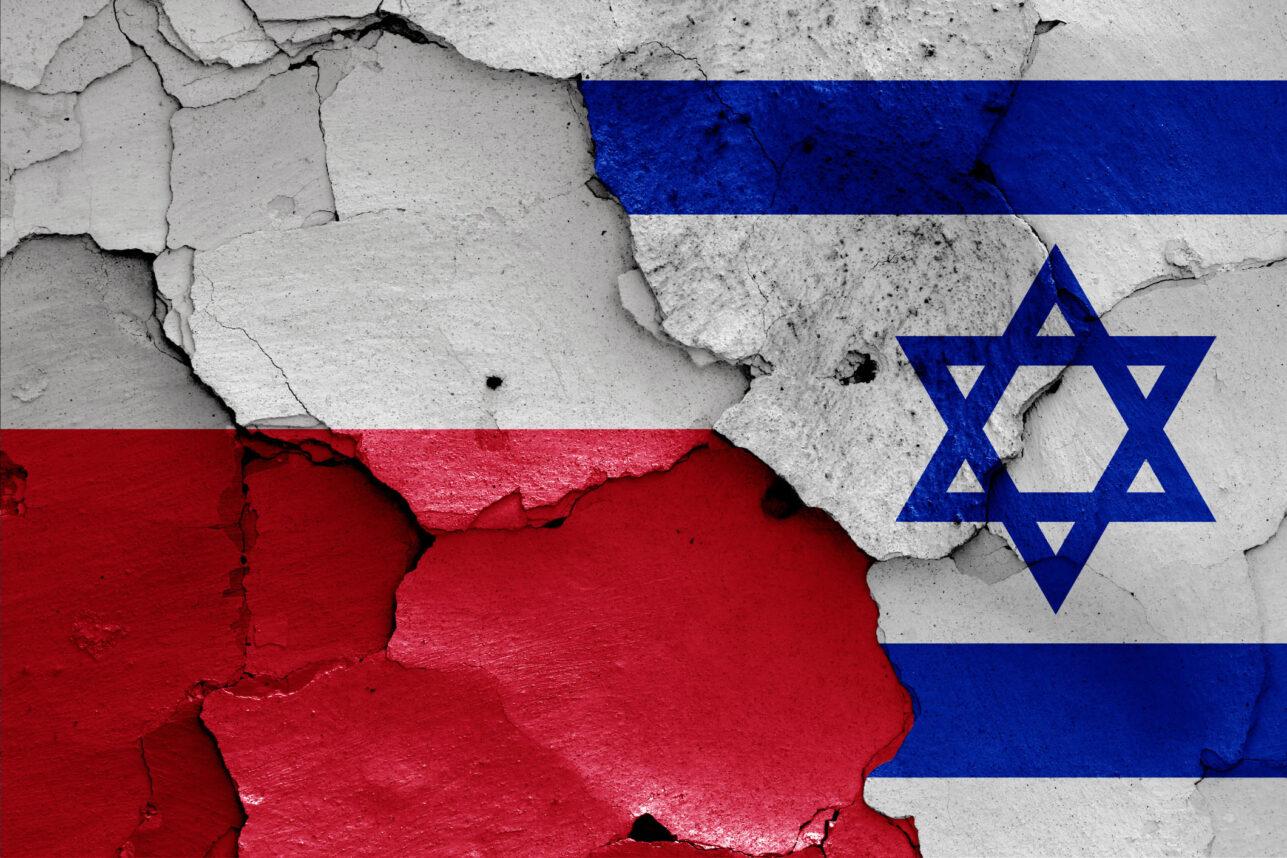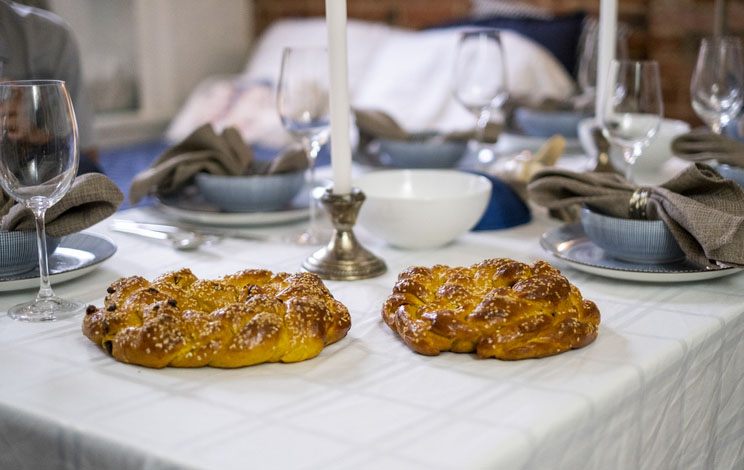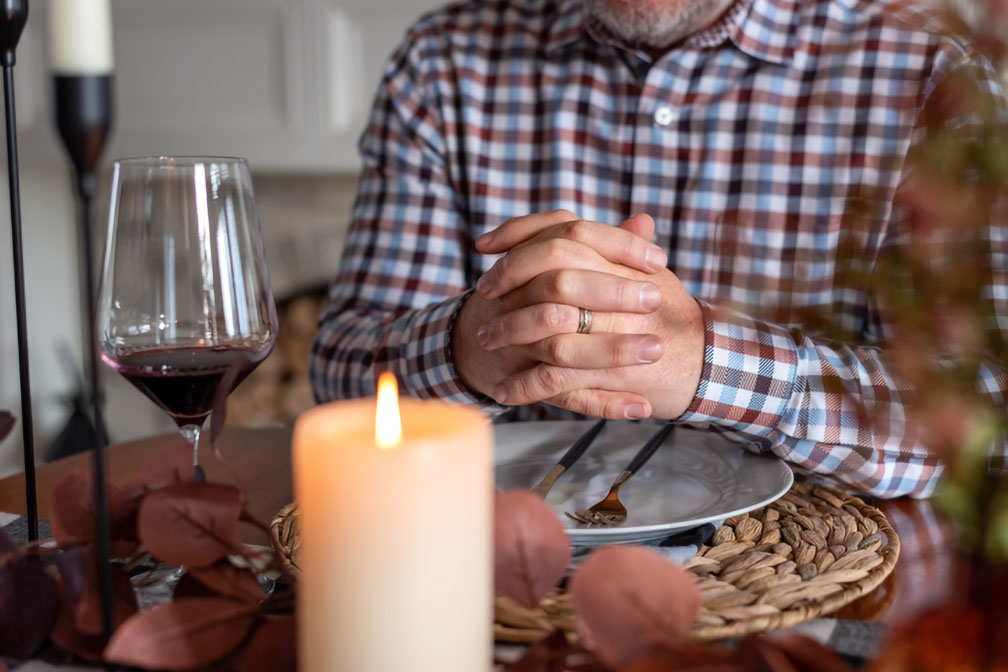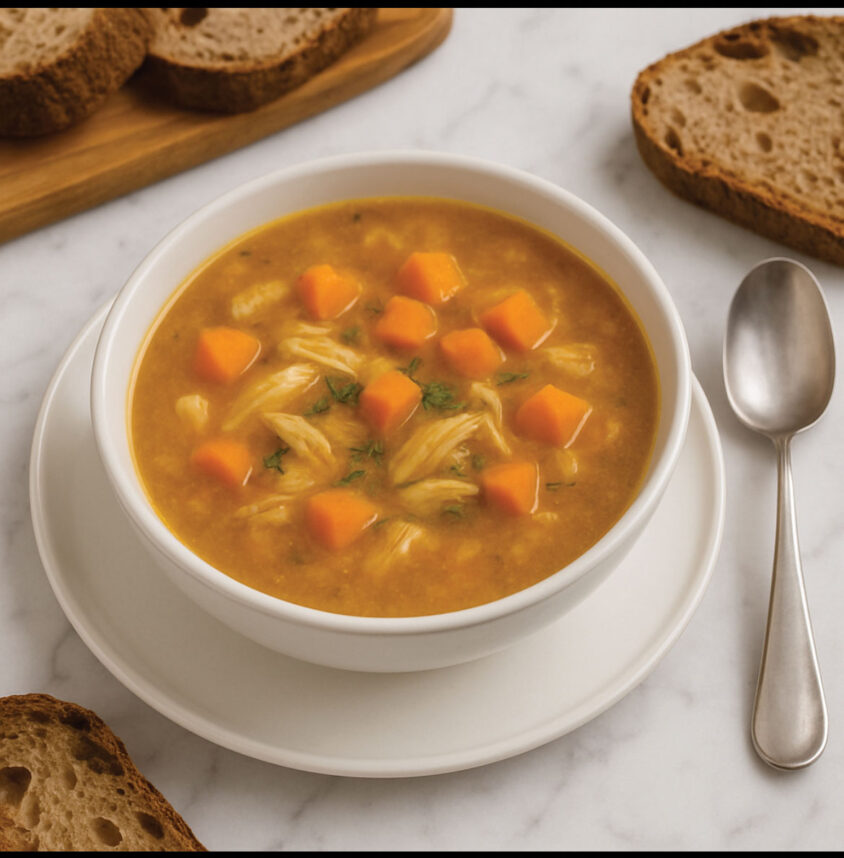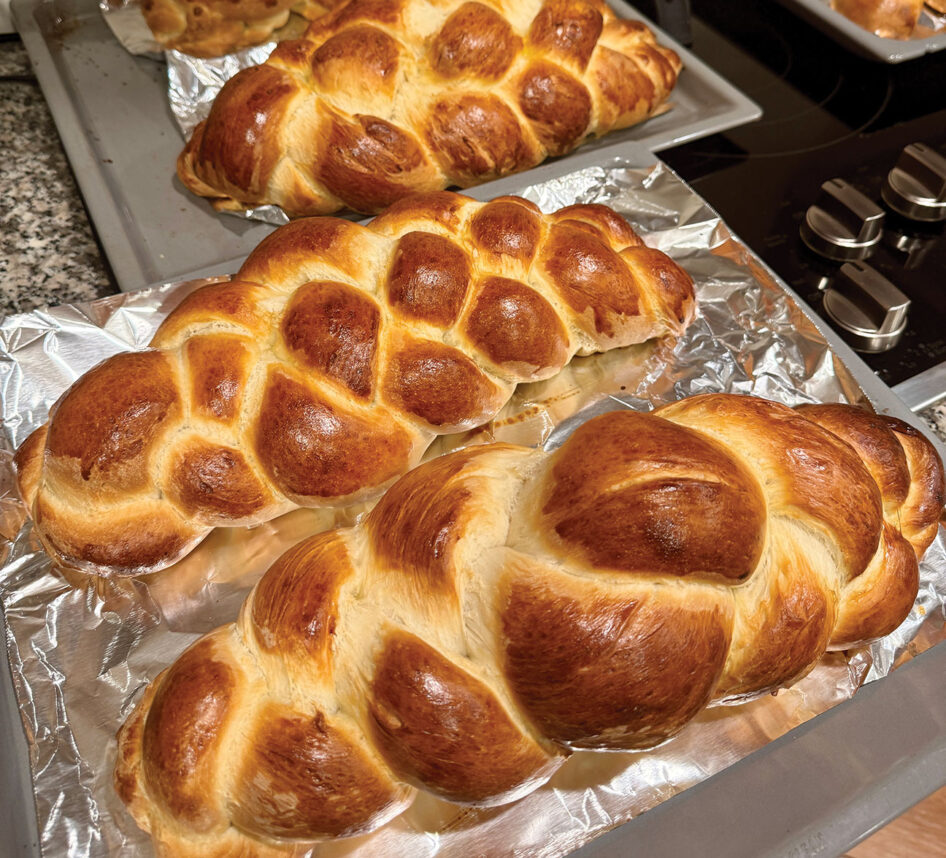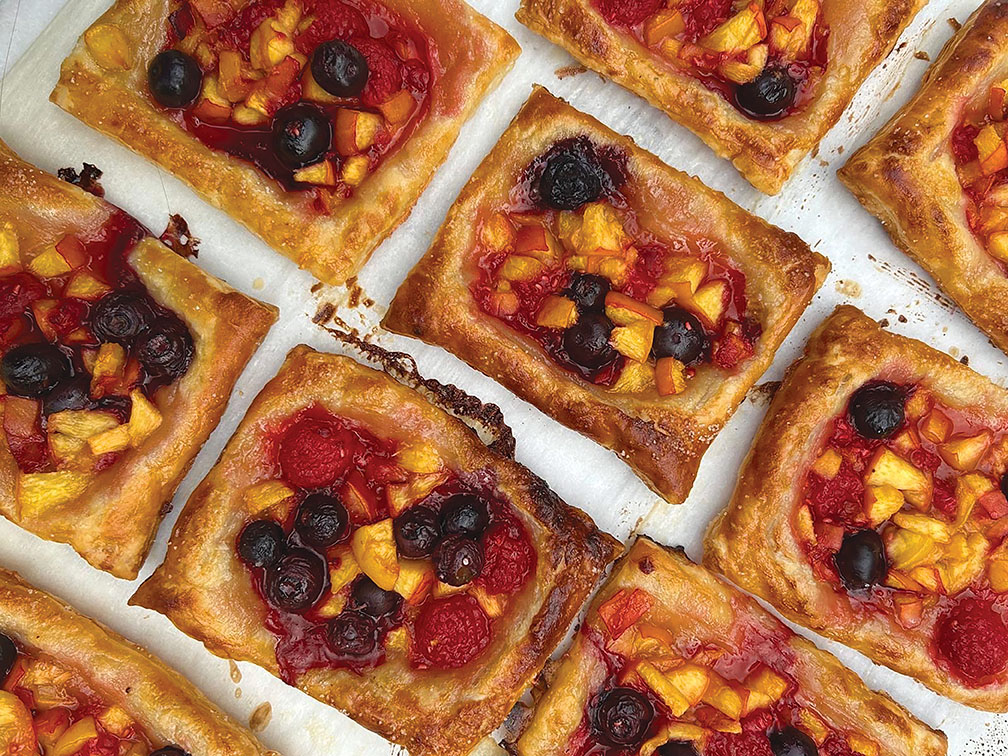
Last Wednesday, Alan, our youngest daughter Shevy and I arrived at LAX, only to discover that the Amsterdam to Tel Aviv leg of our flight had been canceled. Somehow, the amazing supervisor on duty arranged for us to fly to Paris and then board an El Al flight to Israel. (We needed to be in Israel for the wedding of my nephew Yosef.) When we landed in Paris, our adrenaline was pumping because the connection was very tight. Then security delayed us because Shevy’s spray deodorant was too big. And the bus taking us to our terminal made an impossibly long, 30 minute loop around the Charles de de Gaulle Airport. Our nerves frayed as we anxiously watched those precious minutes tick away.
Finally off the bus, we raced to the eerily empty gate, where five smiling El Al employees greeted us simultaneously—“Tel Aviv?”
They issued boarding passes and we sprinted down the gangway to the waiting Dreamliner. Five blissful hours later, we landed in Israel.
(Of course, our luggage never made it. Luckily I had a premonition, so I sent our two elder daughters, Gabriella and Alexandra, who had traveled ahead of us, with a suitcase packed with our Shabbat and wedding clothes.) Coincidentally, the New York flight of my niece Devorah and her husband Daniel landed at Ben Gurion at the same time, so the five of us rode on the incredible train into Jerusalem.
At 11 p.m., all of us went to the Shuk, where the smell of the food was enticing, the music was blasting and young people danced in the stalls. We sampled a Tunisian tuna fricassee sandwich, a chicken schnitzel challah sandwich, an eggplant and veggie laffa and an insanely good ground beef knafeh, made with thin, crispy kaitifeh pastry and drizzled with pink and green tahini.
At 3 a.m., Shevy woke Alan and I, telling us there were sirens. In my stupor, I said “In Los Angeles?” We ran to the safe room and learned that Israel was bombing Iran.
The next morning, Jerusalem was a ghost town. But we had a mission — to cater Friday night dinner and Saturday lunch for Yosef’s Shabbat Chatan.
Thankfully, while the normally bustling Shuk was empty, it was still filled with delicious ready made food. We bought Syrian kibbeh, fried potato pasteles, stuffed cabbage, fried eggplant, olives and pickles and every dip you could imagine. The challah was easily the best challah you’ve ever tasted. Alexandra roasted chicken, Daniel made meatballs and I made “bethi mel Shabbath” (overnight brown eggs).
As everyone walked home from synagogue, the sirens blared and everyone panicked a little. A rabbi stood at the door to his house and called everyone into the mamad in his home.
Eventually, everyone made it to our apartment, where the long table was set with plates, glasses and flowers. Dinner was filled with singing and laughter and emotional speeches.
For Shabbat lunch, I really channeled my grandmother with all the salads she would have made — Belgian endive, red radish and marinated artichoke hearts, a perfectly diced Israeli salad, a red beet salad and a purple cabbage salad, all served alongside fresh parsley, eggplant and eggs. (Of course, my Nana Aziza would never have started lunch with schmaltz herring, crackers and tequila.) Along with the joy and warmth, there was gratitude to spare.
—Sharon
Sharon and I have had a busy summer so far! Neil and I traveled to Israel and Venice (thankfully our visit was far less eventful). Then Sharon and I attended the absolutely stunning wedding of her cousin Daniella’s son Alon to the very beautiful Sarah. In between our travels and busy lives, we had to plan a recipe for you, dear reader.
Nothing says summer better than biting into a ripe peach. It feels like returning to childhood — sticky fingers, juice dripping down your hand, the taste of sweet, soft flesh and the intoxicating perfume that you can’t describe. Peaches are sunshine, sweetness and home.
The fruit we associate with the American South and summer pies has older roots than I ever imagined. Peaches didn’t originate in Georgia or California. Peaches were cultivated in ancient China more than 4,000 years ago, where they were a powerful symbol of immortality, vitality and good fortune.
From China, the peach made its way along the Silk Road to Persia — modern-day Iran. The Persians loved the fruit so much that when it reached Europe, it carried their name: Prunus persica, or “Persian plum.” The Greeks and Romans adopted the peach next, spreading it across the Mediterranean and into North Africa. It was the Romans who helped cultivate the peach into what we recognize today: a symbol of fertility, luxury and the fleeting sweetness of summer.
Spanish and Portuguese explorers brought peaches to the Americas in the 1500s. They took root quickly and by the 1600s, Native American tribes along the East Coast were already growing peaches, often more successfully than the colonists. Peaches became part of the American landscape.
The other day, I was strolling through the farmers market, half-listening to the vendors calling out their produce and scanning for the first real peaches of the season. I ran into my brother — one of those funny, casual moments where you both pause, say hello, smile, then drift off in opposite directions. Five minutes later, we bumped into each other again near the stone fruit stand.
“Did you buy peaches or should I?” he asked. I smiled, gave a little nod, and said, “Yes—I got Dad some white peaches.” “Great!” he said. And just like that, we went on with our shopping. A small exchange, but full of familiarity and rhythm. A shared language built around peaches.
There are thousands of peach varieties, but they generally fall into two main types. Yellow peaches have a bold, tangy sweetness that holds up beautifully in pies, galettes, and tarts. White peaches are more delicate — less acidic, incredibly sweet and best eaten fresh or layered over a no-bake tart.
Growing up, I was always a white peach girl. My parents preferred them for their gentle sweetness and their perfume-like aroma. As soon as summer rolled around, I’d be waiting for that first bite of a juicy white peach. Nowadays, when I get my hands on perfectly ripe white peaches, I’ll leave them alone. I’ll serve them sliced on a plate, with a little lemon zest or if I’m feeling fancy, a splash of rosewater.
This time of year, Sharon and I love baking a rustic peach galette or layering thin slices over almond frangipane in a buttery, flaky pastry tart. We love how well peaches pair with fresh herbs like thyme, honey and even cardamom.
This recipe for summer peach tart is everything we love — bright, pretty, easy and delicious. The bold fresh yellow peaches are enhanced by the delicate raspberries and blueberries and the mix of cinnamon, cardamom and light brown sugar all layered on a crispy puff pastry.
We hope you savor the sweetness of summer, peaches and may we be blessed with true peace in Israel.
—Rachel
Peach Tarts
Yields 12-18 tarts (depending on size of the squares)
2 sheets frozen puff pastry, defrosted and cut into squares
2-3 ripe peaches, diced
1/3 cup blueberries
1/3 cup raspberries
1/4 cup light brown sugar
1 Tbsp cornstarch
1/2 tsp vanilla
1/2 tsp ground cinnamon
1/2 tsp ground cardamom
Pinch of salt
1 tsp fresh lemon juice
1 egg (for egg wash)
1 Tbsp coarse sugar, for sprinkling
Preheat oven to 400°F.
Unfold puff pastry on a lightly floured surface. Cut each sheet into 6 or 8 squares. Line 2 baking sheets with parchment paper. Lay each square 1/2 an inch apart.
Score a 1/2 inch border around the puff pastry squares (do not cut all the way through). This allows the edges to puff up around the filling.
In a bowl, combine diced peaches, blueberries, and raspberries. Add in the sugar, cornstarch, vanilla, cinnamon, cardamom, salt and lemon juice. Stir to combine.
Spoon mix into the center of the puff pastry squares.
Brush the outside with egg wash and sprinkle with sugar.
Bake for 20-25 minutes, or until pastry is golden brown.
Let cool and serve with cream or ice cream.
Sharon Gomperts and Rachel Emquies Sheff have been friends since high school. The Sephardic Spice Girls project has grown from their collaboration on events for the Sephardic Educational Center in Jerusalem. Follow them
on Instagram @sephardicspicegirls and on Facebook at Sephardic Spice SEC Food. Website sephardicspicegirls.com/full-recipes.











